Maintaining New Hampshire’s 7,000 miles of snowmobile trails
| Published: 01-01-2024 11:00 AM |
For snowmobile clubs in the North Country, the equipment necessary to maintain trails can cost up to $350,000, said Dan Gould, director of the New Hampshire Snowmobile Association.
Those responsible for the upkeep are mostly volunteers, too. That’s why each year, in a public-private partnership, the state’s Bureau of Trails enters into “grant-in-aid” agreements with nonprofit snowmobile clubs for the purpose of grooming approximately 7,000 miles of trails.
Every year, the clubs – with names like the Scrub Oak Scramblers and Belmont Bogie Busters – spend approximately 28,000 hours on trail grooming, according to the NHSA.
On the table this year is more than $2.6 million in agreements with roughly 100 independent clubs. Grant-in-aid agreements, which have been in place for decades, are the model used by most of the U.S. and Canada to maintain snowmobile trails, Gould said. Each year in New Hampshire, there are two application periods – winter and summer – for snowmobile clubs to tell the state their plans for their local trails and how they would use the money.
The state uses annual snowmobile registration revenue to fund the grant-in-aid program. As user-funded recreation, snowmobilers pay a registration fee each year, which goes to the Bureau of Trails and the Fish and Game Department. In addition to the grant-in-aid program, the fee also funds operations, maintenance, the registration program itself, law enforcement, and safety education.
During the 2022-2023 winter, there were 37,641 registered snowmobiles in New Hampshire, indicative of the revered activity’s popularity in the state. The annual “Race Into Winter” Grass Drags and Watercross event on Columbus Day Weekend in Fremont, for example, is one of the largest snowmobile events in the world.
“When there is statewide snow coverage, you can pretty much snowmobile anywhere across the state into Canada, Maine, or Vermont,” Gould said. “And the amazing thing about a snowmobile, you can go places you could never get to otherwise.”
Snowmobile trail maintenance is a little-understood endeavor for those who aren’t involved in it. Approximately 80 percent of the state’s snowmobile trails are on private property, and the clubs are responsible, with landowner permission, for their upkeep. Meanwhile, the Bureau of Trails maintains those located on state land.
Article continues after...
Yesterday's Most Read Articles
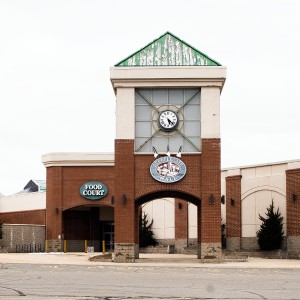 Neighboring landowner objection stalls Steeplegate redevelopment approval
Neighboring landowner objection stalls Steeplegate redevelopment approval
 How has Hopkinton, one of the smallest public schools in New Hampshire, become such a lacrosse powerhouse?
How has Hopkinton, one of the smallest public schools in New Hampshire, become such a lacrosse powerhouse?
 Northeast Coffee Festival comes to Concord this weekend
Northeast Coffee Festival comes to Concord this weekend
 Rock ’N Race draws 3,250 participants, still has further to go to meet fundraising goal
Rock ’N Race draws 3,250 participants, still has further to go to meet fundraising goal
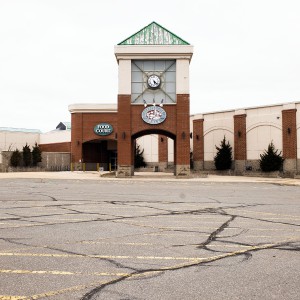 Steeplegate project to reopen to public comment as developer seeks to reduce required parking
Steeplegate project to reopen to public comment as developer seeks to reduce required parking
 High schools: Concord girls’ 4x100-meter relay sets school record at Merrimack Invite, plus more track, baseball, lax and tennis results
High schools: Concord girls’ 4x100-meter relay sets school record at Merrimack Invite, plus more track, baseball, lax and tennis results
Once awarded by the state, the grant-in-aid funds are limited to certain uses, such as materials for trail construction and maintenance, renting and purchasing equipment, parking lot snow removal, and trail signs. They don’t pay for the volunteers operating the equipment, much of which is done overnight when the trails aren’t crowded and the temperature is most desirable for grooming.
Perhaps the most important, and expensive, piece of equipment used to maintain trails is a snow “groomer.” Some clubs may have multiple groomers, depending on how frequented their area is and the amount of land they maintain.
Used on both ski mountains and snowmobile trails, groomers, which can resemble bulldozers, pull a 15- to 20-foot-long “drag” equipped with cutting edges. As it passes over the trail, usually bumpy and jagged from use, it cuts off the tops of bumps and dumps the snow into holes elsewhere. In essence, it packs snow, levels the trail, and improves overall conditions.
Those who want to operate grooming equipment have to pass a state certification test.
Gould said that during peak snowmobiling season up north, for example, some clubs “may go out every night” with groomers.
Historically, snowmobile clubs have supplemented grant-in-aid agreements with fundraising. But when the COVID-19 pandemic struck, those efforts suffered greatly. After pleas from the Bureau of Trails and the state association, Gov. Chris Sununu authorized that $250,000 in CARES Act funding be used as economic support for snowmobile clubs experiencing fundraising interruptions. Thirty clubs received funding as a result.

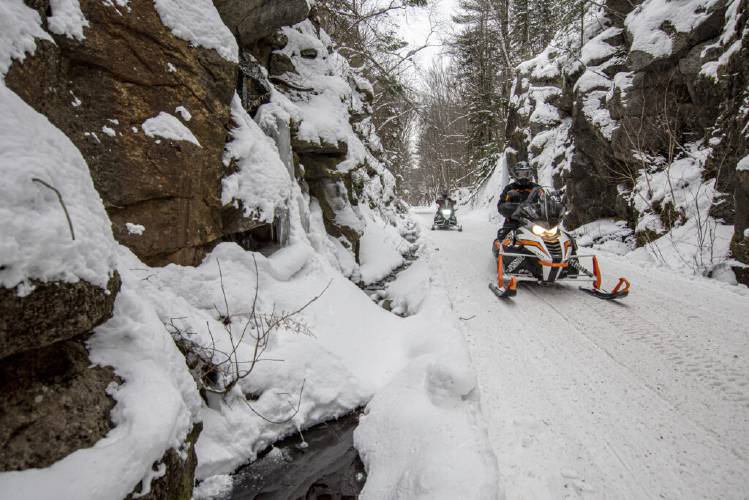
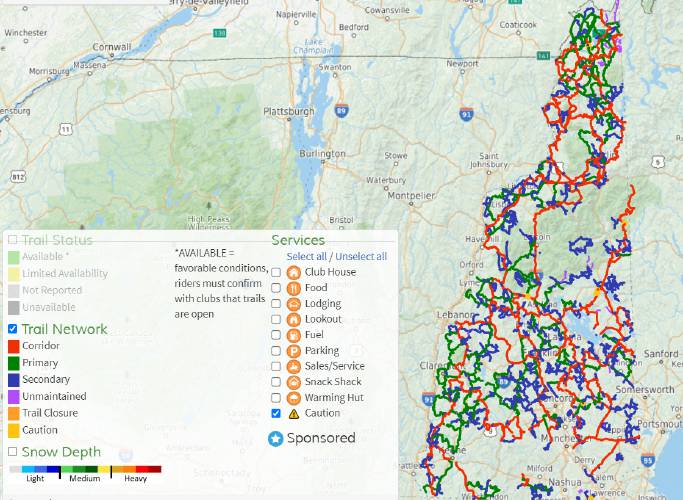
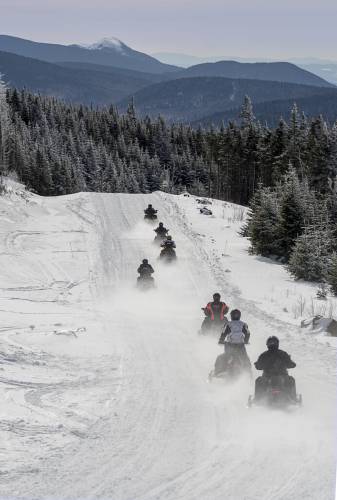

 Adam Montgomery sentenced to minimum 56 years on murder charges in young daughter’s death
Adam Montgomery sentenced to minimum 56 years on murder charges in young daughter’s death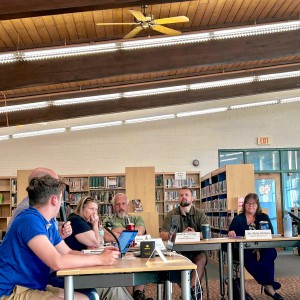 Following budget cut, Pembroke revisits future of elementary school re-build
Following budget cut, Pembroke revisits future of elementary school re-build Granite Geek: Free government software for taxes – what could go wrong? (Not much, as it turns out)
Granite Geek: Free government software for taxes – what could go wrong? (Not much, as it turns out)
